Top 10 Mistakes Student Pilots Make (And How to Avoid Them)
Inflight Pilot Training
MARCH 13, 2025
Poor Radio Communication Skills The Mistake: Many student pilots struggle with radio communication, which can lead to misunderstandings with air traffic control (ATC) and other pilots. Develop a structured traffic scan: look left to right, near to far. Recommended Video: FAA Crosswind Landing Tutorial 8.

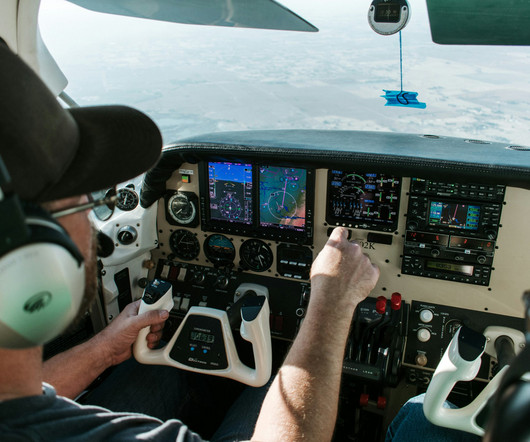
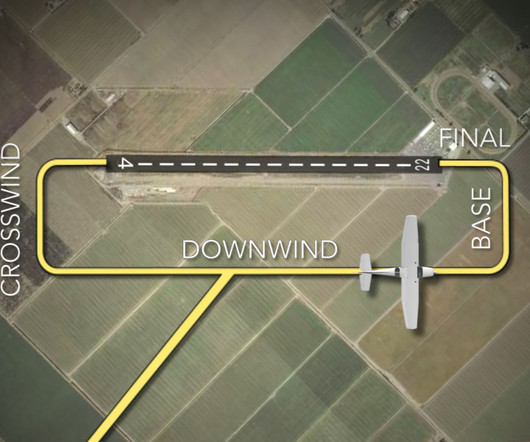
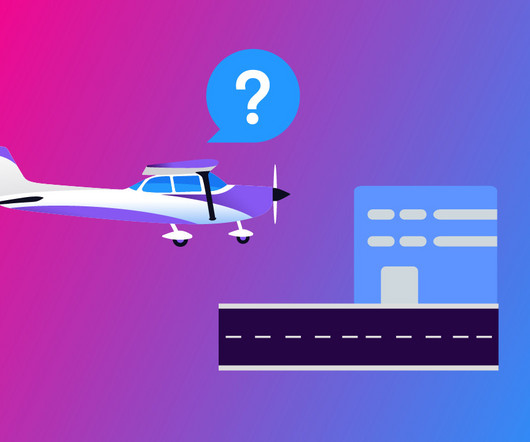
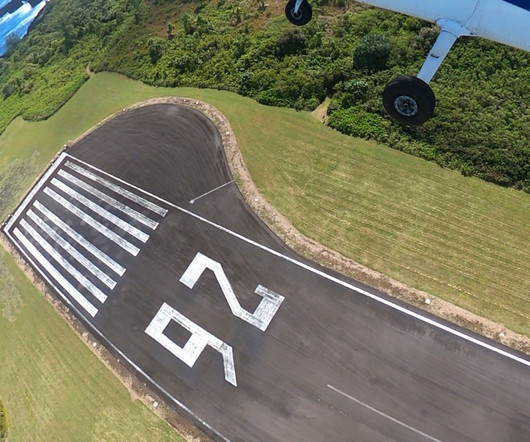
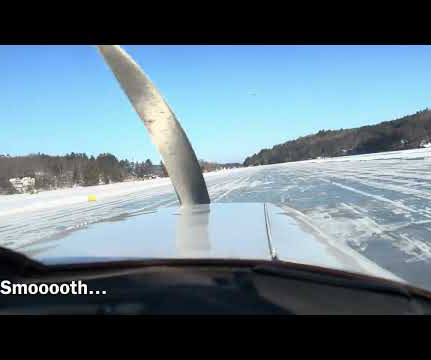







Let's personalize your content